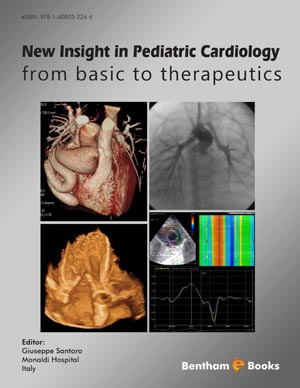Abstract
Echocardiography has a primary role in the diagnosis and management of congenital heart diseases. However conventional echocardiography has two major limitations in the evaluation of congenital heart diseases: quantification of both right and left ventricular function and morphological evaluation. The availability of a new high-frequency transthoracic pediatric three-dimensional probe the same size as a standard 2D echo-Doppler probe now makes 3D echocardiography available in for pediatric cardiology echo-lab. In pediatric cardiology 3D echo can be used for a more accurate evaluation of left or right ventricle mass and volume, or to improve anatomical definition either of simple and of complex congenital heart disease.
Strain and strain rate are very helpful tools to establish segmental myocardial contractility. In addition, strain and strain rate are less load dependent. In pediatric cardiology, many studies have demonstrated the impact of S and SR on the echocardiographic evaluation of CHD, helping in assessment of left and right ventricular function, in clinical management and in surgical planning.
Keywords: Three-dimensional echocardiography, strain-strain rate imaging, echocardiography, speckle tracking, congenital heart disease, new echocardiographic technologies, cardiomyopathies, fetal echocardiography, left ventricular function, right ventricular function, valvular anathomy.






















